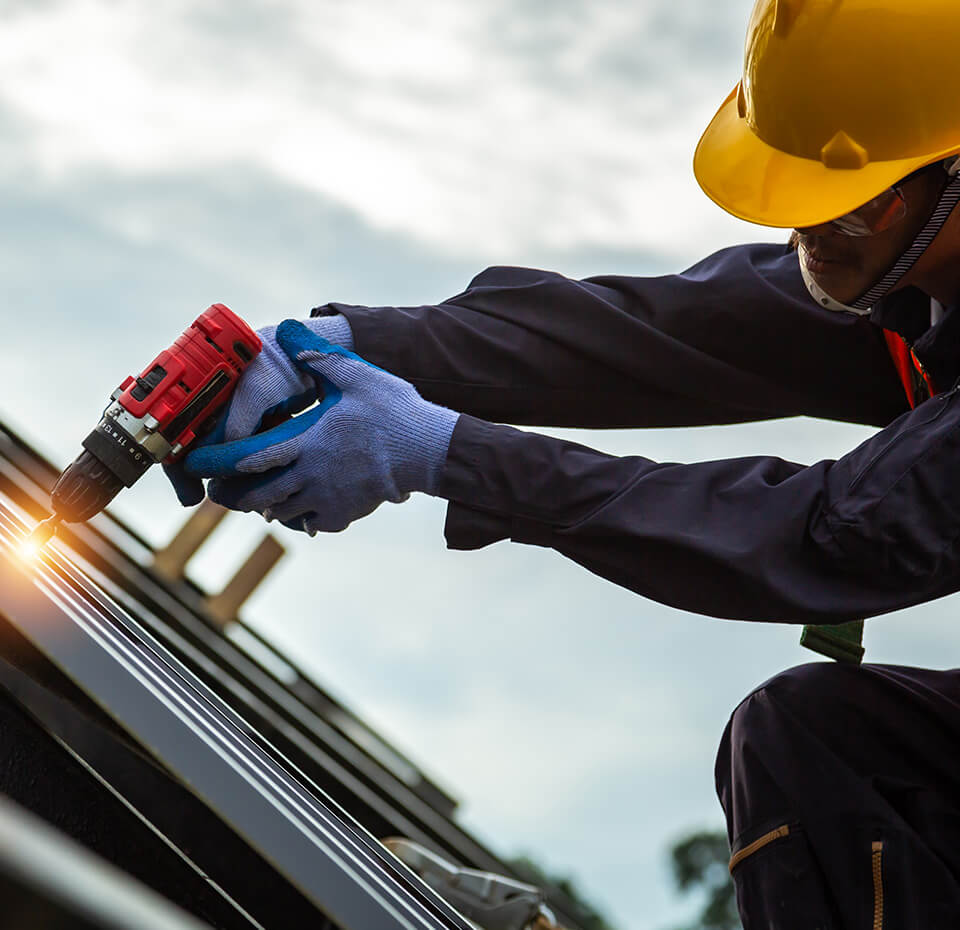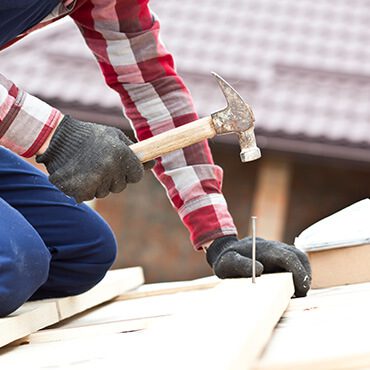Roofing Replacement >> Inspection
Our Roof Inspection Service in North Carolina involves a thorough examination of your roof to assess its condition and identify any potential issues or necessary repairs.

Shingle integrity refers to the overall condition and reliability of the individual shingles on a roof. During a roof inspection in North Carolina, it involves checking for any signs of damage, wear, or defects that could compromise the effectiveness of the shingles in protecting the roof structure from the elements. Common issues affecting shingle integrity include cracks, curling, buckling, or missing pieces, which may indicate weathering, aging, improper installation, or other underlying problems. Ensuring the integrity of the shingles is essential for maintaining a durable and watertight roof system.
Workmanship refers to the quality of the installation or construction work performed by contractors or tradespeople. In the context of roofing, workmanship encompasses various factors such as the accuracy, precision, and skill with which the roofing materials are installed. It includes aspects like proper alignment of shingles or tiles, secure fastening, correct application of sealants and flashing, and adherence to manufacturer guidelines and industry standards.
Assessing the workmanship of a roofing project involves evaluating how well the installation has been executed and whether it meets the expected standards of quality and durability. Poor workmanship can lead to issues such as leaks, premature deterioration, or structural problems. Therefore, ensuring high-quality workmanship is essential for the long-term performance and integrity of the roof.


It provides a historical record of the roof's installation date, materials used, and any subsequent maintenance or repairs performed.
Documentation helps in planning and scheduling routine maintenance tasks, such as inspections, cleaning, or gutter clearance, to ensure the roof remains in optimal condition.
Many roofing materials come with warranties that may require regular maintenance or specific installation guidelines to remain valid. Proper documentation ensures compliance with these requirements.


